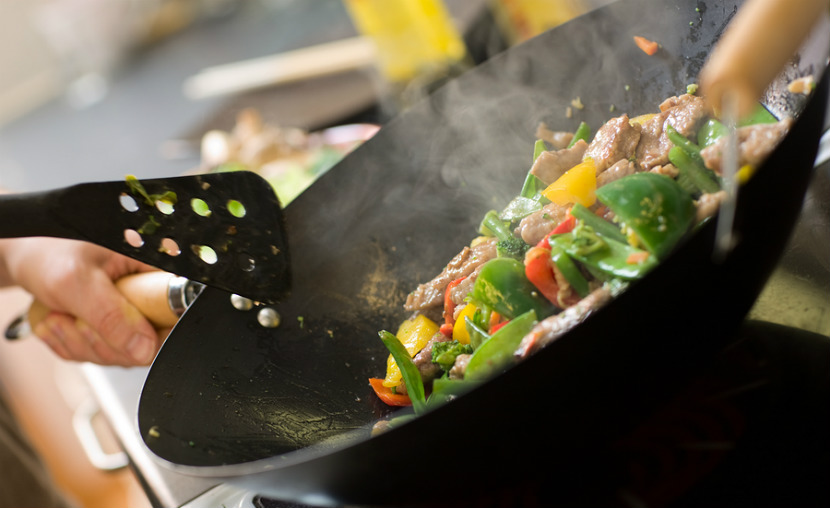
Stir-frying is a quick, flavorful, healthy cooking technique perfect for creating vibrant, nutrient-packed meals. Due to its efficiency and adaptability, stir-frying has become a global favourite in Chinese cuisine. Chef Abdul, a culinary enthusiast with a flair for fast and flavorful dishes, says, “Stir-frying is about embracing speed, simplicity, and the joy of bold flavours.”
Here’s your comprehensive guide to mastering stir-frying for delicious, wholesome meals.
Stir-frying is celebrated for its many benefits:
Chef Abdul’s Tip: “The beauty of stir-frying lies in its adaptability—you can create endless combinations with just a few staples.”
Invest in the right tools for a seamless stir-fry experience:
Chef Abdul’s Tip: “A well-seasoned wok is your best friend—it ensures non-stick cooking and enhances the flavours with every use.”
Proteins
Vegetables
Aromatics
Sauces
Mise en Place
Cut Thinly
Marinate Proteins
Chef Abdul’s Tip: “Preparation is half the battle in stir-frying—once you start, everything comes together in minutes.”
Step 1: Heat the Wok
Step 2: Add Oil
Step 3: Cook in Batches
Step 4: Add Aromatics
Step 5: Toss Everything Together
Chef Abdul’s Tip: “Work quickly and confidently—stir-frying is all about high heat and constant motion.”
Classic Soy-Garlic Sauce
Spicy Szechuan Sauce
Sweet and Tangy Teriyaki Sauce
Chef Abdul’s Tip: “Customize your sauces to suit your taste—experiment with sweetness, spice, or tang for variety.”
Chef Abdul’s Insight: “Keep your pantry stocked with basics like soy sauce, sesame oil, and cornstarch—these staples can transform any combination of ingredients into a stir-fry masterpiece.”
Chef Abdul’s Final Tip: “Stir-frying is all about balance—find the harmony between speed, flavour, and texture to create dishes that wow every time.”
“Stir-frying is a celebration of bold flavours and vibrant ingredients,” Chef Abdul explains. “Once you master the technique, you’ll have a versatile cooking style that’s quick, healthy, and endlessly creative.”
So, fire up your wok, grab fresh ingredients, and experiment with your favourite combinations. What’s your go-to stir-fry? Share your recipes and photos in the comments below!
Chef Abdul © Copyright 2024. All rights reserved.